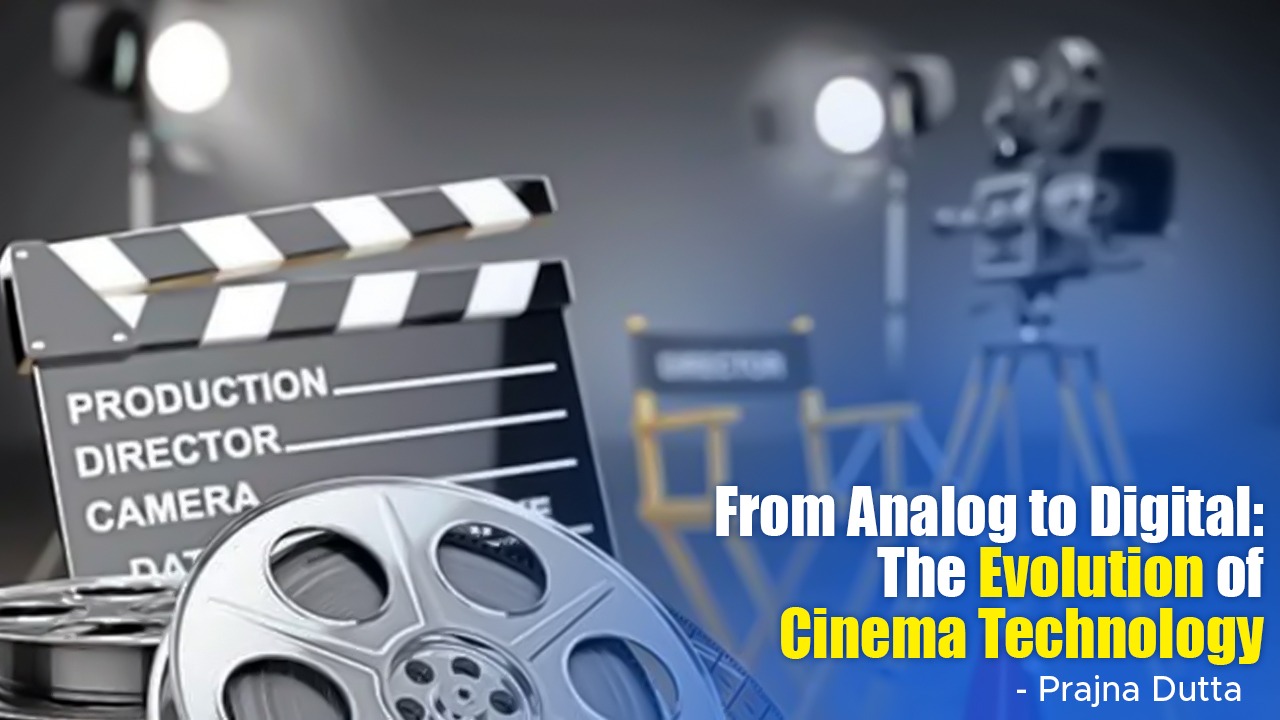Introduction:
Cinema has come a long way since its humble beginnings in the late 19th century. The evolution of cinema technology from the analog age to the digital age has revolutionized the way we experience and consume movies. In this blog, we will explore this fascinating journey, highlighting key milestones, examples, ideas, and anecdotes that have shaped the world of cinema as we know it today.
The Analog Age:
The birth of cinema can be traced back to the late 19th century with the invention of motion picture cameras and projectors. Early filmmakers like the Lumière brothers and Georges Méliès pioneered the art of filmmaking, capturing moving images on celluloid film. The analog age of cinema was characterized by the use of physical film reels, hand-cranked projectors, and silent films accompanied by live music or narration.
One iconic example from the analog age is the 1927 film "The Jazz Singer," which marked the transition from silent films to "talkies" with synchronized sound. This technological advancement revolutionized the film industry and paved the way for the future of cinema.
Ideas and Anecdotes:
During the analog age, filmmakers had to work with the limitations of physical film, such as limited recording capacity and the need for careful handling to prevent damage. Directors like Alfred Hitchcock and Stanley Kubrick were known for their meticulous attention to detail and innovative use of film techniques to create cinematic masterpieces.
Anecdote: During the filming of "Jaws" in 1975, director Steven Spielberg faced numerous challenges due to the mechanical shark malfunctioning. To work around this limitation, Spielberg used creative camera angles and suspenseful music to build tension without showing the shark until later in the film, showcasing his ingenuity as a filmmaker.
The Digital Age:
The advent of digital technology in the late 20th century revolutionized the film industry, enabling filmmakers to shoot, edit, and distribute movies in a more efficient and cost-effective manner. Digital cameras replaced traditional film cameras, allowing for easier manipulation of images and special effects in post-production.
One groundbreaking example from the digital age is James Cameron's 2009 film "Avatar," which pushed the boundaries of visual effects and 3D technology. The film's immersive world-building and cutting-edge CGI set a new standard for visual storytelling in cinema.
Ideas and Anecdotes:
In the digital age, filmmakers have embraced new technologies like CGI, motion capture, and virtual reality to create visually stunning and immersive cinematic experiences. Directors like Christopher Nolan and David Fincher have utilized digital filmmaking techniques to push the boundaries of storytelling and visual aesthetics.
Anecdote: In the making of "Gravity" (2013), director Alfonso Cuarón used innovative techniques like long takes and CGI to simulate the weightlessness of space, creating a visceral and realistic portrayal of astronauts stranded in orbit.
Conclusion:
The evolution of cinema technology from the analog age to the digital age has transformed the way we experience and appreciate movies. While the analog age laid the foundation for storytelling and visual language in cinema, the digital age has opened up new possibilities for creativity and innovation in filmmaking.
As we look towards the future of cinema, one thing is certain: technology will continue to shape the way we create and consume movies, pushing the boundaries of imagination and storytelling in ways we never thought possible. The journey from analog to digital is a testament to the enduring power of cinema.

rqeItJQdBMDCz
rqeItJQdBMDCz